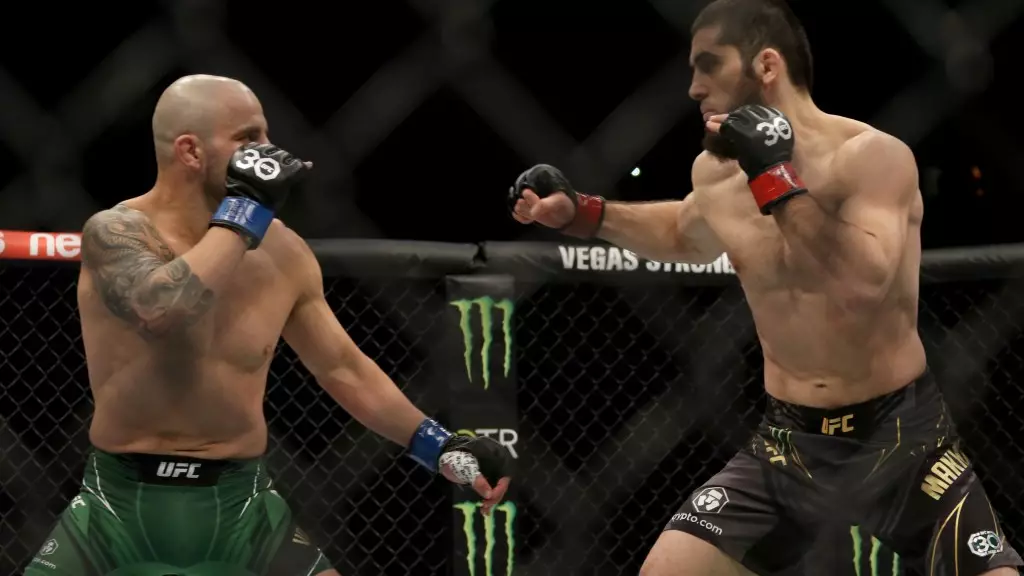The upcoming rematch between Islam Makhachev and Arman Tsarukyan at UFC 311 is a highly anticipated event that poses an interesting examination of contrasting fighting philosophies. Makhachev, the reigning UFC lightweight champion, is known for his calculated approach, often prioritizing safety and strategic positioning. In contrast, Tsarukyan is recognized for his aggressive and risk-taking style. This fight will not only serve as a showcase of their individual skills but also as a testament to how contrasting methodologies can influence outcomes in high-stakes matches.
The Rules of Engagement
As Volkanovski insightfully observed, Makhachev exhibits a unique ability to maneuver through scrambles. His calculated nature allows him to frequently emerge from exchanges in favorable positions, thereby controlling the pace and rhythm of the fight. Conversely, Tsarukyan’s aggressive tactics may lead him to create openings for Makhachev, potentially allowing the champion to capitalize on mistakes. The juxtaposition of Makhachev’s calculated restraint against Tsarukyan’s impulsive aggression sets the stage for a compelling narrative within the octagon.
Volkanovski’s commentary reflects an important aspect of the fight: experience. Makhachev, having recently faced other elite fighters, brings a wealth of knowledge gained through his matchups. The former UFC featherweight champion’s encounters with Makhachev demonstrate how fight experience, specifically in high-pressure situations, can sharpen a fighter’s instincts. For Tsarukyan, this fight represents an opportunity to gain that level of experience. While he has demonstrated potential, the ability to remain composed while facing a seasoned champion can be a crucial factor in determining the outcome.
The fight will resemble a high-stakes chess match, where every move is essential. Makhachev’s striking prowess, paired with his wrestling skills, offers a comprehensive offensive threat that can destabilize Tsarukyan. He possesses the remarkable ability to switch between striking and grappling fluidly, which could throw off his opponent’s strategy. On the other hand, Tsarukyan’s approach to pushing the pace may catch Makhachev off-guard if he can maintain pressure without overextending himself.
Although Makhachev is a heavy favorite due to his skills and experience, Tsarukyan’s potential to defy expectations should not be overlooked. Volkanovski rightly points out that Tsarukyan should not be dismissed as merely an underdog. His aggressive style can yield unexpected opportunities for scoring and navigating Makhachev’s tactics. The crux of their confrontation lies in whether Tsarukyan can penetrate Makhachev’s defenses and exploit any weaknesses while being cognizant of his own vulnerabilities.
Ultimately, the Makhachev vs. Tsarukyan bout promises to be a thrilling display of athleticism and strategic ingenuity. The striking contrast in their styles, coupled with their respective strengths and weaknesses, sets up a matchup that could redefine their careers. For the audience, it is an invitation to witness not just a physical conflict, but a clash of ideologies in combat sports—where safety dances with risk, and calculation meets determination. This fight is a potential turning point in the lightweight division, providing insights into the evolving landscape of the UFC.

